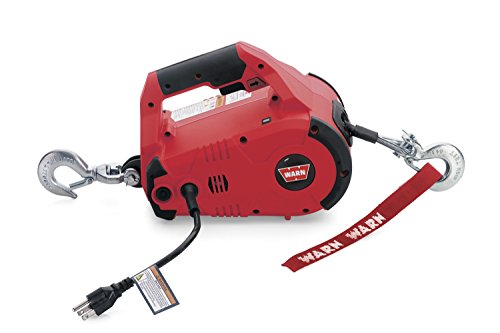[url=https://classicgoldwings.com/forum/viewtopic.php?p=214853#p214853:3r69yuy8 said:
joedrum » Today, 1:07 pm[/url]":3r69yuy8]
the wild leg Dave is talking about is never a problem ...even regular power has differences ...just a bunch of BS to get people not to use it and buy static phase converters that are really junk and unreliable ...all high end phase converters use idler motor ...with transformer box to smooth wild leg
It is NOT 'wild leg', it is 'generated leg'. 'wild leg' refers to obsolete, but in some places still existing electrical services that use corner-grounded delta to provide other voltage choices.
The generated leg is generally NOT a problem if all you're running is electric motors, and in real life, the more motors you have running, the less the difference will be (and the stronger the generated leg will be) by virtue of the additional rotating XL of each motor. When I run my RPC against a very big load, I start a second machine and just let it spin (no load) to serve as additional idler. I have a Lodge & Shipley 26x200 lathe, a 17x50 Sidney, a Milwaukee #2, and a Cinci #2 horizontal mill, a 16" shaper, and a Cinci #5 vertical that all run just fine on an unbalanced RPC.
Where the generated leg IS a problem, is when there's controls on the generated leg, OR when the machine has motion control (CNC, etc) or a VFD on it with phase-loss protection. My MAHO MH600E will NOT run reliably on an RPC... even with plenty of idler behind it, the Phillips controls will not tolerate the drift that occurs when the spindle motor starts, as the generated leg dips, and then rises substantially as a result of the start. My MG plasma gantry WILL tolerate the RPC, but it's CNC control system MUST be wired across the two line legs.
Static converters are totally different from rotary converters. A static converter is essentially the balancing capacitor setups and a start capacitor system that one would use to make a rotary converter, but it works as if the motor being driven IS the idler. Actually, if you add an idler motor to a static converter, it'll be a Fitch-Williams RPC... and for what it's worth, BOTH of my Behlen grain dryers have 15hp 230v 3-phase blower motors that are (eh, WERE) powered by 240v single-phase overhead feeders by virtue of a factory-made static converter panel... a box with a couple contactors, a timer relay, a potential relay, and about a dozen oil-filled capacitors.
There's many other ways to get three-phase power, and a Phase Perfect converter will do an excellent job of it... but a Phase Perfect is a 3-phase fixed-frequency inverter... there's no moving parts, and it doesn't require a start circuit... and the voltage balance is identical, and CNC machines run GREAT on them, just flip a switch, and it's on... BUT... They're also VERY pricey... so much that the 'caveman' solution is very well accepted by many.
But the stuff I use most often... namely, the Bridgeport J-mill, the Monarch 10EE, the Johannsen radial drill, and one tool grinder all run on variable frequency drives (VFDs)... single phase in, three phase variable speed out.
oh... and my 46" concrete trowel runs on a VFD too... I have a step-up transformer with a 250v plug feeding long extension cords that connect to the 480v VFD, and it's programmed to spin the 3hp electric motor to 5500rpm, with a 2:1 reduction to the gearbox where a 5hp Briggs used to sit... and I can dial those trowels down REALLY SLOW, or wind 'em up to burnish like a helicopter. :rocks:


















































